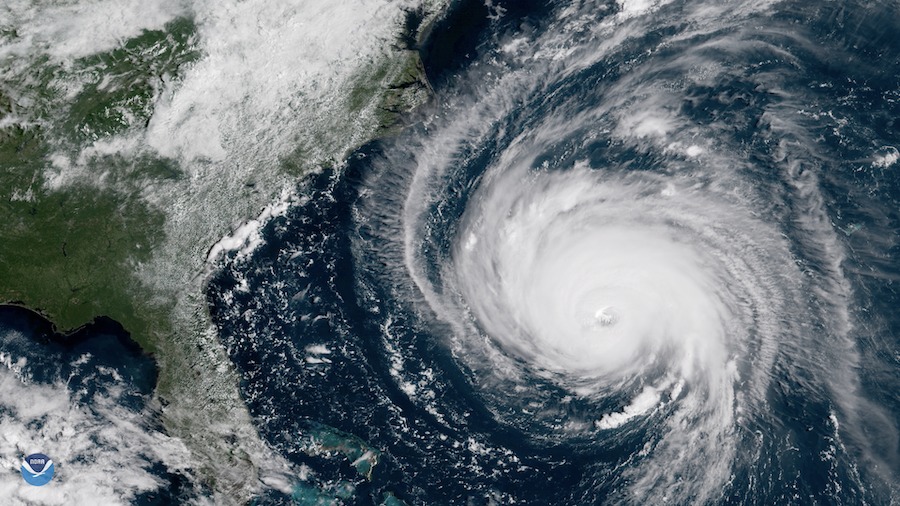The Timetable.
by Dermot Tynan in Microtransat
Posted on Monday, February 25, 2013 at 08:00
The official start to hurricane season is June 1st, this year. The traditional end to the season is the end of November, but the hurricanes seem to wane out by early to mid-November. A back-of-the-envelope calculation says that it'll take up to sixty days to get from Start to Finish. That's a worst-case estimation, but useful nonetheless. If we are to launch before the start of the season, we'd need Beoga Beag sailing to the start line by April 1st at the latest. Let's face it, that's not going to happen. We don't have the pilot boat designed yet, we have extensive testing to do on the pilot boat, we need to then build the main boat, and start to fit her out. No way are we going to make that date.
So the other alternative is to wait for the hurricane season to ebb away. Given that hurricane alley is from 10 degrees North to 20 or 25 degrees North (oddly enough, the distance of the finish line), we're safe enough at latitudes north of this, during the hurricane season. We don't want to "bang the corner" before the beginning of November. The other fly in the ointment is the Atlantic Rally for Cruisers or ARC. The start this year is on November 24th. It's hard to know when they'll arrive in Saint Lucia, but I'd like to see Beoga Beag cross the finish line before them. That looks like an arrival date in the first week of December. Again, looking at a sixty day window, the boat wants to be hitting the start in early October.
There are a lot of simulations and calculations which need to be carried out prior to the start, but I would think "early October" is a reasonable assumption, plus or minus two weeks.
Speaking of simulations, we are looking at simulating the boat's navigation software in association with historical GRIB data, to see how she performs and to select the most optimal course. First, we'll need the polars for the boat. Generally, boat designers take the boat measurements and feed them into high-end spreadsheets and velocity prediction programs. From this, they can determine the ideal boat speed for a given True Wind Angle and a given wind speed. However, VPP calculations often fail to work properly for small hulls. I don't know why this is, but it means we will have to use empirical evidence for the polar data, rather than predicted data. That means we won't have realistic polars until we launch the boat. That's not helpful.
Ideally, also, it would be great to get the boat to sail around Ireland, as a test case. It's around 800 nautical miles, give or take. So that's about two weeks of sailing, assuming that the winds hold up, and the dreaded tidal gate off the coast of Northern Ireland doesn't cause havoc.
Much to do, between now and then. To have the boat ready for the Atlantic in early September would allow us to get an Irish circumnavigation in, before October. Plus, time to analyse the results and make whatever changes are needed. That would require the Beoga Beag hull to be ready for initial trials in early July. What am I doing sitting here, typing this? There's work to be done!!!
Search
Upcoming Missions
- Galway Bay Loop, Waiting for Vessel Availability
Recent Posts
- May 2023 (1 post)
- April 2023 (1 post)
- March 2023 (1 post)
- February 2023 (2 posts)
- March 2022 (3 posts)
- March 2021 (1 post)
- August 2020 (1 post)
- May 2019 (1 post)
- April 2018 (1 post)
- November 2017 (1 post)
- April 2017 (1 post)
- November 2016 (1 post)
- September 2016 (1 post)
- August 2016 (1 post)
- January 2014 (2 posts)
- October 2013 (7 posts)
- September 2013 (1 post)
- August 2013 (3 posts)
- June 2013 (3 posts)
- May 2013 (4 posts)
- April 2013 (3 posts)
- March 2013 (9 posts)
- February 2013 (8 posts)
